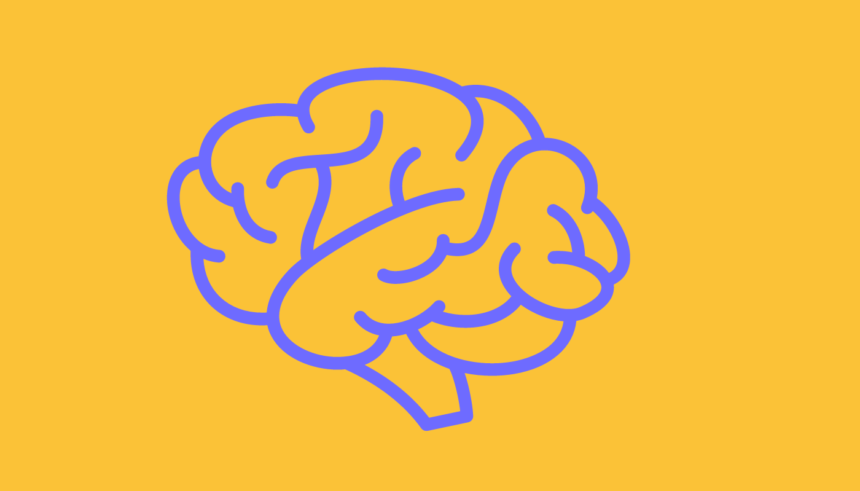In machine learning, one of the most critical tasks is feature engineering. Features are the building blocks of machine learning models, and creating meaningful and relevant features is essential for model performance. In recent years, there has been a lot of attention given to a subfield of machine learning called feature learning. This article aims to examine feature learning in detail, exploring its importance, process, types, and popular algorithms.

Understanding Feature Learning
Feature learning is a type of machine learning that involves automatically discovering features from raw data. In traditional methods of feature engineering, domain-specific knowledge is used to create features. However, in feature learning, this process is automated by learning a representation of the raw data through a set of algorithms.
Feature learning is an essential aspect of machine learning, as it enables the model to identify and extract the most important features from raw data. This process helps to reduce the dimensionality of the data, making it easier to process, analyze, and understand.
What is Feature Learning?
Feature learning is a technique used in machine learning where features of raw data sets are extracted and combined in a manner that retains the essential information in the data. By using a feature learning algorithm, the model can learn from the data samples and identify essential features in the data that correlate with the output variable, making the classification or regression process more effective.
Feature learning algorithms can be used in a wide range of applications, including image recognition, speech recognition, natural language processing, and many more. These algorithms can help to automate the process of feature extraction, making it easier and more efficient to build accurate and reliable machine learning models.

The Importance of Feature Learning in Machine Learning
The importance of feature engineering in machine learning cannot be overemphasized. A well-crafted and well-structured feature set can significantly boost the accuracy, robustness, and performance of a learning model. Feature learning helps eliminate the need for manual feature engineering, making the machine-learning process more efficient and less time-consuming.
Feature learning is particularly useful in situations where the data is complex and difficult to understand. By automating the process of feature extraction, feature learning algorithms can help to identify patterns and relationships in the data that might otherwise be missed, leading to more accurate and reliable machine learning models.
Types of Feature Learning Techniques
There are two primary types of feature learning techniques:
- Supervised feature learning: This technique uses labels to learn a function that maps input variables to output variables. Supervised learning algorithms work by minimizing the difference between the predicted output values and the true output values.
- Unsupervised feature learning: This technique involves learning features from raw data without the use of labels or any form of supervised learning.
Supervised feature learning is commonly used in applications such as image recognition and speech recognition, where labeled data is readily available. Unsupervised feature learning is often used in situations where labeled data is scarce or non-existent, such as in natural language processing or anomaly detection.
Overall, feature learning is a powerful technique that can help to improve the accuracy, robustness, and performance of machine learning models. By automating the process of feature extraction, feature learning algorithms can help to identify important patterns and relationships in the data, leading to more accurate and reliable predictions.
The Process of Feature Learning
Feature learning is a crucial step in machine learning that involves identifying and selecting the most relevant features from a dataset. Feature learning algorithms can help to automate this process, and the resulting features can be used to train machine learning models that can make predictions or classify data.

The feature learning process may differ depending on the algorithm and the learning problem. However, the following steps are generally involved in the feature learning process:
Data Preprocessing and Feature Extraction
Data preprocessing involves cleaning, transforming, and reducing the original data to make it more suitable for machine learning. This can include removing missing values, scaling the data, and encoding categorical variables. Feature extraction is a process of selecting and transforming raw data into features that can be used for machine learning. Various techniques can be used for feature extraction, such as statistical methods, wavelet transforms, and principal component analysis.
For example, in image recognition tasks, feature extraction may involve identifying edges, corners, and other patterns in the image that can be used to distinguish between different objects or classes. In natural language processing tasks, feature extraction may involve converting text data into numerical representations that capture important features of the language, such as word frequency and context.
Feature Selection and Dimensionality Reduction
Feature selection is the process of selecting a subset of the features that are most relevant for the learning problem. This can help to reduce the complexity of the model and improve its performance. Dimensionality reduction is the process of reducing the number of features while still retaining the essential information in the data. This can help to overcome the curse of dimensionality, where the number of features in the dataset is much larger than the number of observations.
Popular techniques for feature selection include Lasso regression, Recursive Feature Elimination, and Mutual Information. These methods can help to identify the most important features in the dataset, based on their correlation with the output variable or their ability to reduce the model’s error. Dimensionality reduction techniques include PCA and t-SNE, which can help to compress the data into a lower-dimensional space while preserving its structure and variability.
Model Training and Evaluation
After extracting and selecting the features, the next step is to train the machine learning model using the selected features. The model is trained on the labeled data set to learn the relationships between the features and the output variable. The model is then evaluated using an independent set of test data to estimate its performance. This can help to assess the model’s accuracy, precision, recall, and F1 score, among other metrics.
Model training and evaluation can be performed using various algorithms, such as logistic regression, decision trees, support vector machines, and neural networks. The choice of algorithm depends on the nature of the problem, the size and complexity of the dataset, and the performance metrics of interest. In general, the goal of feature learning is to improve the performance of the machine learning model by selecting and transforming the most relevant features from the dataset.
Supervised vs. Unsupervised Feature Learning
Supervised Feature Learning Methods
Supervised feature learning algorithms use labels to learn a function that maps input variables to output variables. The most commonly used supervised feature learning algorithms include Neural Networks, Support Vector Machines, and Random Forests.
Unsupervised Feature Learning Methods
Unsupervised feature learning algorithms do not require labels or any prior knowledge of the data. The most commonly used unsupervised feature learning algorithms include Autoencoders and Restricted Boltzmann Machines.
Comparing Supervised and Unsupervised Approaches
Both supervised and unsupervised feature learning approaches have their advantages and disadvantages. Supervised methods are usually more straightforward to implement and often outperform unsupervised methods. However, unsupervised methods can learn from unstructured data and are more robust to outliers and noise.
Popular Feature Learning Algorithms
Deep Learning and Neural Networks
Deep learning is a subfield of machine learning that involves the use of neural networks with multiple layers to extract high-level features from raw data. The most commonly used neural network architectures for feature learning include Convolutional Neural Networks and Recurrent Neural Networks.
Principal Component Analysis (PCA)
PCA is a popular dimensionality reduction technique that involves finding the linear combinations of features that capture the most significant variance in the data.
Autoencoders
Autoencoders are unsupervised neural networks that learn how to encode and decode the input data. They can be used for feature extraction, dimensionality reduction, and anomaly detection.
Sparse Coding
Sparse Coding is a machine learning technique that involves finding a sparse representation of data by minimizing an objective function that sparsifies the representation.
Conclusion
Feature learning is a powerful technique that has revolutionized the field of machine learning. It allows for more efficient and effective learning by automating the process of feature engineering. In this article, we have examined the process of feature learning, the types of feature learning techniques, and popular feature learning algorithms. By understanding feature learning, we can unlock the true power of machine learning and create more robust and accurate models.



